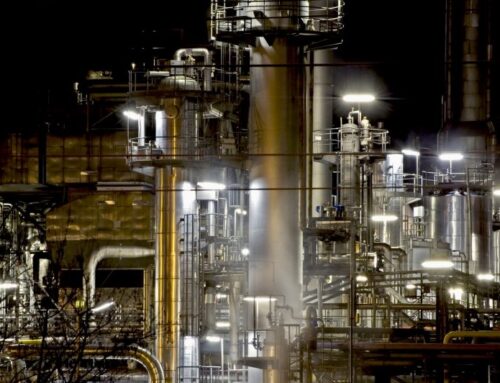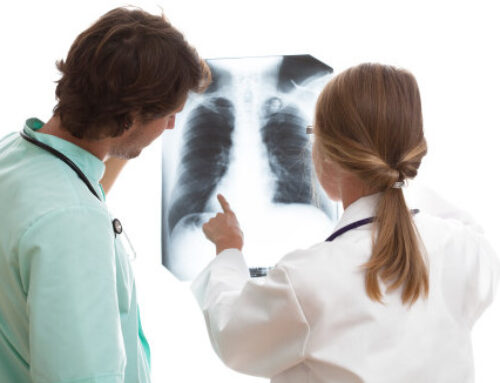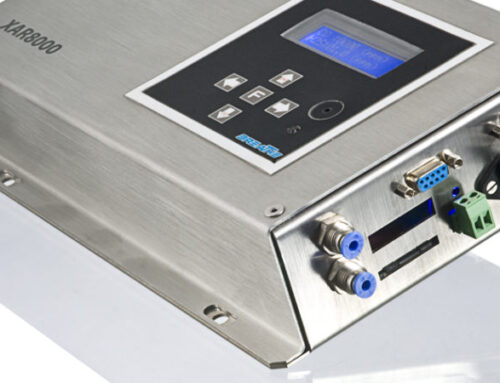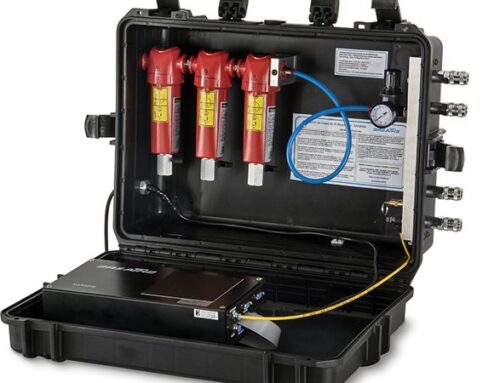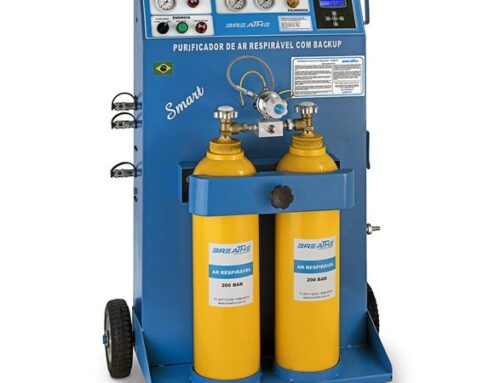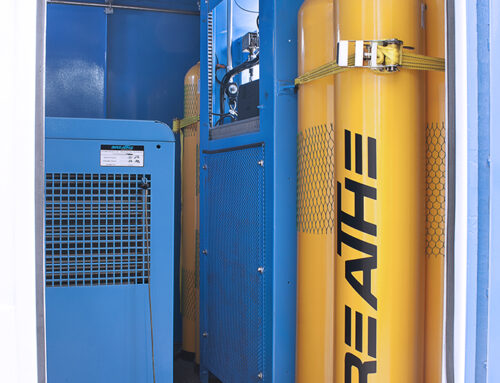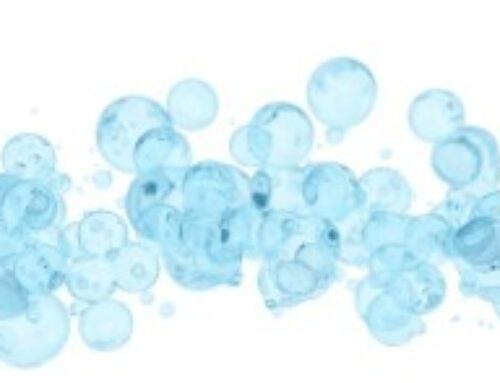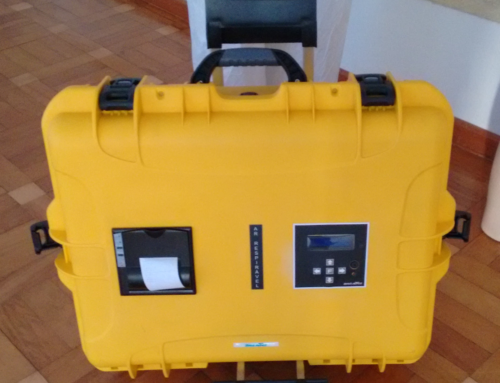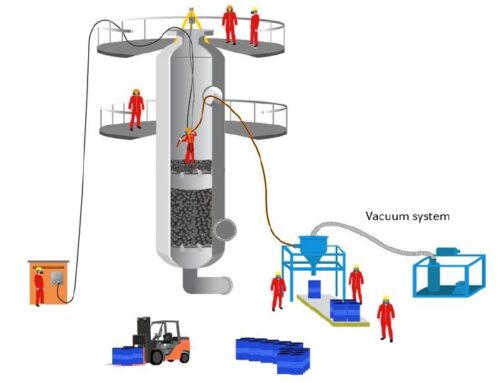Respiratory Physiology Partial Pressure
Respiratory Physiology Partial Pressure. Partial pressure is the pressure exerted individually by a gas within a mixture with other gases. The air we breathe is a mixture of gases: basically, nitrogen (N2), oxygen (O2) and carbon dioxide (CO2). For example, if we blow a balloon until it is filled, the air pressure that filled it is the combination of the partial pressures of all the gases contained in our breath, in this case our exhalation.
This part of the total pressure generated by oxygen is the partial pressure of oxygen, that is, it is the contribution of O2 to the total pressure, while the pressure generated by carbon dioxide is the partial pressure of carbon dioxide and so on. A partial pressure of gas, therefore, is a measure of how much of the gas is present (for example, in the blood or alveoli).
The partial pressure exerted by each gas in a mixture is equal to the total atmospheric pressure (if at sea level it will be 760 mmHg) multiplied by the fractionated composition of the gas in the mixture, in the case of oxygen (21% – 0.21). Thus, given that the total atmospheric pressure (at sea level) is about 760 mm Hg and that the air has about 21% oxygen (O2), the partial pressure of oxygen in the air is 0.21 times 760 mm Hg or 160 mmHg – or ppO2 = 160 mmHg.
partial pressure of a component = pp = % of the component (by volume) x pressure of the mixture
__________________________________________
100
Thus, the partial pressure of each component will be:
And therefore the sum of the partial pressures is 760 mmHg
In the study of respiratory physiology and respiratory risks, the most important quantity is not the percentage of oxygen in the air, but its partial pressure, since 20.9% of oxygen can be fatal to humans due to the lack of oxygen for vital functions. (TORLONI, VLADIMIR. The respiratory system. Respiratory protection manual. Published by ABHO. Volume 1, chapter 2, page 45).
Below I posted a video with the animations and explanations of the gas exchanges that happen inside the cells. Despite being in English, the animation itself defines the mechanics of gas exchange in respiratory physiology very well.
Animation of gas exchange
Human Anatomy – Respiratory System – Hematosis: Gas Exchange in the Lungs
In this video lesson on the respiratory system Rogério Gozzi describes the process of gas exchange between the lungs and the ambient air, called hematosis or pulmonary breathing.


